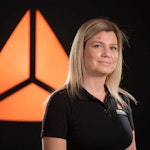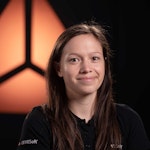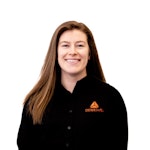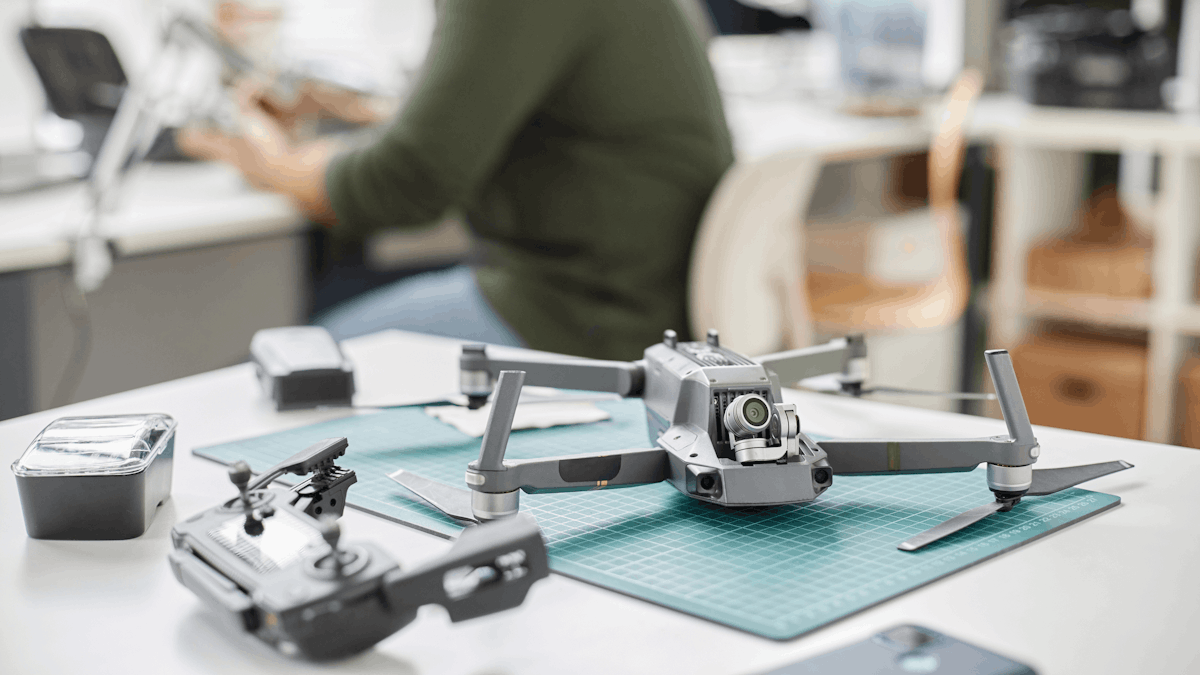Table of contents
Browse categories
Browse authors
 AB
ABAlberto Boffi
 AL
ALAlessia Longo
 AH
AHAl Hoge
 AB
ABAljaž Blažun
 BJ
BJBernard Jerman
 BČ
BČBojan Čontala
 CF
CFCarsten Frederiksen
 CS
CSCarsten Stjernfelt
 DC
DCDaniel Colmenares
 DF
DFDino Florjančič
 EB
EBEmanuele Burgognoni
 EK
EKEva Kalšek
 FB
FBFranck Beranger
 GR
GRGabriele Ribichini
Glacier Chen
 GS
GSGrant Maloy Smith
 HB
HBHelmut Behmüller
 IB
IBIza Burnik
 JO
JOJaka Ogorevc
 JR
JRJake Rosenthal
 JS
JSJernej Sirk
 JM
JMJohn Miller
 KM
KMKarla Yera Morales
 KD
KDKayla Day
 KS
KSKonrad Schweiger
Leslie Wang
 LS
LSLoïc Siret
 LJ
LJLuka Jerman
 MB
MBMarco Behmer
 MR
MRMarco Ribichini
 ML
MLMatic Lebar
 MS
MSMatjaž Strniša
 ME
MEMatthew Engquist
 ME
MEMichael Elmerick
 NP
NPNicolas Phan
 OM
OMOwen Maginity
 PF
PFPatrick Fu
 PR
PRPrimož Rome
 RM
RMRok Mesar
 RS
RSRupert Schwarz
 SA
SASamuele Ardizio
 SK
SKSimon Kodrič
 SG
SGSøren Linnet Gjelstrup
 TH
THThorsten Hartleb
 TV
TVTirin Varghese
 UK
UKUrban Kuhar
Valentino Pagliara
 VS
VSVid Selič
 WK
WKWill Kooiker
Structural Testing of Drone Frames with Dewesoft DAQ
Przemysław Pers
Poznan University of Technology (PUT)
October 22, 2025
As drones become an increasingly common tool in industries from entertainment to inspection, the need for reliable diagnostics grows. Detecting structural issues quickly is crucial to preventing failures and ensuring safety during large-scale operations. I explore a measurement-based approach to compare healthy and damaged drone frames, testing the feasibility of a diagnostic system based on Dewesoft.

Poland, as a leader in drone technologies, needs modern solutions that will facilitate further development of this promising branch of the aviation industry, which is unmanned aerial vehicles
says Dariusz Werschner, plenipotentiary of the Ministry of Infrastructure for Unmanned Aerial Vehicles.
The Faculty of Control, Robotics, and Electrical Engineering at Poznan University of Technology aims to develop, model, simulate, and test guidance, navigation, control, and decision systems for the autonomous operation of unmanned aerial vehicle systems, unmanned ground vehicle systems, and autonomous and robotic systems.
The issue
In recent years, the UAV (Unmanned Aerial Vehicle) industry has been growing rapidly. Drones are now performing numerous tasks, including inspections and lifesaving operations, as well as applications in agriculture, filmmaking, sports, and light shows. In many of these use cases, operators use a single drone; however, others, such as light shows, employ drone swarms.
Drone swarms use multiple coordinated drones, controlled by advanced algorithms, to perform tasks more efficiently than individual drones. The collective intelligence of a swarm allows for enhanced capabilities in data gathering, task allocation, and robustness, making them effective for large-scale, collaborative missions.
Drone swarms often comprise hundreds of drones simultaneously. Due to the large number of UAVs, these types of operations pose a significantly higher risk to the surrounding areas. As drone swarms become increasingly frequent, a reliable and efficient drone structural diagnostic system will become increasingly necessary to enhance the safety of swarm events.
The goal of my measurements was to assess the feasibility of such a diagnostic solution. To achieve this, I aimed to collect and compare data from a frame that had undergone a real-world crash with a frame in perfect conditions. Such a diagnostic solution could fill a market niche and generate substantial profits.
Pain points
As with any new solution, to bring it into operation, a few obstacles need to be overcome. First, the challenge is the compatibility of such a system across a full range of drone sizes. As drones can range from a few centimeters to a few meters, making the system compatible with such diverse sizes would be highly challenging.
Size compatibility isn’t the only issue. As drones become larger, their power, lift, and accompanying acceleration levels all increase. Suppose the measuring equipment, such as accelerometers, were to be poorly matched. In that case, it is possible that for smaller drones, I would get almost no data, while larger drones could easily overload sensors.
The issue I faced was that the maximum measured acceleration levels were approximately 25g, whereas my accelerometer had a measuring range of up to 500g. This discrepancy meant that some comparisons between the tests were difficult to make, as the differences fell within the measurement uncertainty of the accelerometer. The best solution for this is to have a few sensors with different sensitivity levels and to match the sensors to the respective drone sizes.
The third problem is also one I encountered in my measurements. I had to disassemble half of my drone to fasten it with a screw to the stand securely. Mounting the drone to the measuring stand took a considerable amount of time, and there was no guarantee that it would stay in the same way across multiple tests.
Even slight misalignment might affect measurements. For future measurements, I will take a different approach; a clamp system of some sort could be the way to go.
System setup
To prepare for measurements, I had to set up both hardware and software. I began by preparing the hardware side of the setup. I started by drilling two 3 mm holes in the plywood as the guides for screws. I mounted the strain beam to the plywood board using wood screws, with two nuts and pads to lift the beam off the plywood surface. Finally, I mounted the drone to the strain beam using an M6-size screw.
After mounting the drone, I attached the accelerometer to the front of the drone, using mounting wax. I guided the data wire through the battery straps so that it wouldn't be in the way of the propellers, which could easily cut through it. To use the tachometer, I placed a small piece of reflective tape on one of the propellers. I positioned the tachometer directly above it, allowing it to obtain accurate readings of the propeller's rotary speed.
During the test, I wanted to test three parameters: acceleration, lift force, and rotary speed of the propellers.
For acceleration measurements, I used a Dytran 3056D1 accelerometer. I connected it to the ACC channel of a Dewesoft SIRIUS Modular Data Acquisition (DAQ) System, which Dewesoft Poland supplied.
The SIRIUS device provides high-end signal conditioning amplifiers for almost any signal and sensor, and offers a high dynamic range (160 dB). It also includes DewesoftX data acquisition and digital signal processing software.
For rotary speed measurement, I applied a Monarch Instrument ROLS-W tachometer, which I connected to the counter input of the DAQ device. The third sensor, a YZC-1 B, I connected via the STG channel. Table 1 presents the technical specifications of the sensors.
Sensor Specifications
| Sensor | Physical value | Range | Sensitivity | Sensor mass |
|---|---|---|---|---|
| Dytran 3056D1 | Acceleration | 5000 m/s2 | 10 mV/g | 10g |
| ROLS-W | Frequency | 1-250,000 RPM | No data | No data |
| YZC-1B | Force | 0-80 N | 2mV/V | 100g |
After completing the hardware setup, I created a new setup file for my measurements in the DewesoftX software on my laptop. I had to set proper sensitivity levels for the accelerometer and the strain beam. I configured the strain beam as a full-bridge strain gauge. For the tachometer, I defined the appropriate sensor type and set it up as a counter.
Measurements
I conducted my measurements using an FPV (first-person view) type of drone. After connecting all the sensors and completing the setup in the DewesoftX software, with the assistance of Jakub Grygiel, I began the measurements. I wanted to test the drone in its full range of RPM. To perform the testing, I connected to the drone using its remote-control interface.
After starting the data storage on my laptop, I gradually increased the throttle until the drone reached its maximum rotary speed, after which I turned off the electric motors. The measurements were conducted twice, once on a drone with a faulty frame and once on a drone with a newly purchased frame.
Results
After taking measurements, I set off to analyze the gathered data. Using the math functions in the analyze module of the DewesoftX software, I was able to quickly extract block-based RMS and MAX values of lift and acceleration, as well as extract the maximum value of block-based RMS from the acceleration measurement.
Figure 5 shows that the maximum value of the block-based RMS on the faulty frame, at 95 m/s², is approximately 22% higher than that measured on the new frame, at 77.8 m/s². What’s also interesting is that the lift force on the new frame is approximately 14% higher. It increased from 60,02 N to 68,72 N.
Using the recorder widget in the Review tab, I prepared several graphs that show and compare the changes in the gathered data. As you can see from the graphs below, there is a noticeable difference in the rate at which I adjusted the throttle in each test. During the test on the faulty frame, the increase was slower and steadier compared to the test on the new frame.
With the help of Technical Support Engineer Jakub Grygiel from Dewesoft Poland, I was also able to prepare the order tracking analysis from both tests. The figures 11-14 represent acceleration levels at different rotational speeds. The color scale is adjusted to represent lower levels of vibrations (left graph in each picture) and higher vibration levels (right graph in each image).
The color scales on the respective graphs have the same value setting. As you can see, the graphs of the new frame have a higher acceleration level than the graphs of the faulty frame. Moreover, on the graphs of the new frame, there are visible resonances at about 23500 RPM, 26800 RPM, and especially at 20000 RPM. You can see them as green lines, going horizontally on the graphs.
Conclusion
My measurements, although not perfect, might serve as an inspiration or a starting point for future research. To improve accuracy and reduce the time required for testing, a more effective mounting system would be necessary.
Judging by the order tracking graphs and the lower amount of low acceleration level data, the accelerometer during the test of the faulty frame may have been slightly less adherent to the frame than in the test with a new one.
Such a problem would result in a reduced data transfer through the accelerometer. However, this might also be since this type of defect isn’t as visible in the data, or because of the considerable distance between the defect and the accelerometer's placement.
For future tests, I will use an accelerometer with a smaller measuring range and lower mass, which should improve the accuracy of gathered data. Placing additional accelerometers could also improve the data. Nevertheless, I found some parameters that correspond with the state of the frame.
The maximum value of the block base RMS was approximately 22% higher in the test performed on the faulty frame, indicating higher acceleration levels. Also, the lift force was noticeably higher in the test on the new frame. But this reading might have been a result of slightly different drone placement on the strain beam, which I cannot resolve without conducting a larger number of tests.
You could judge the technical state of the drone based solely on those two parameters, but to determine this accurately, I need to perform additional tests. Additional modal analysis of both frames using the modal hammer and the modal test plugin in Dewesoft X software could help determine the differences between the frames more accurately.
References
Order Analysis of Rotating Machines, Dewesoft Online Course, Dewesoft Academy, 2025.